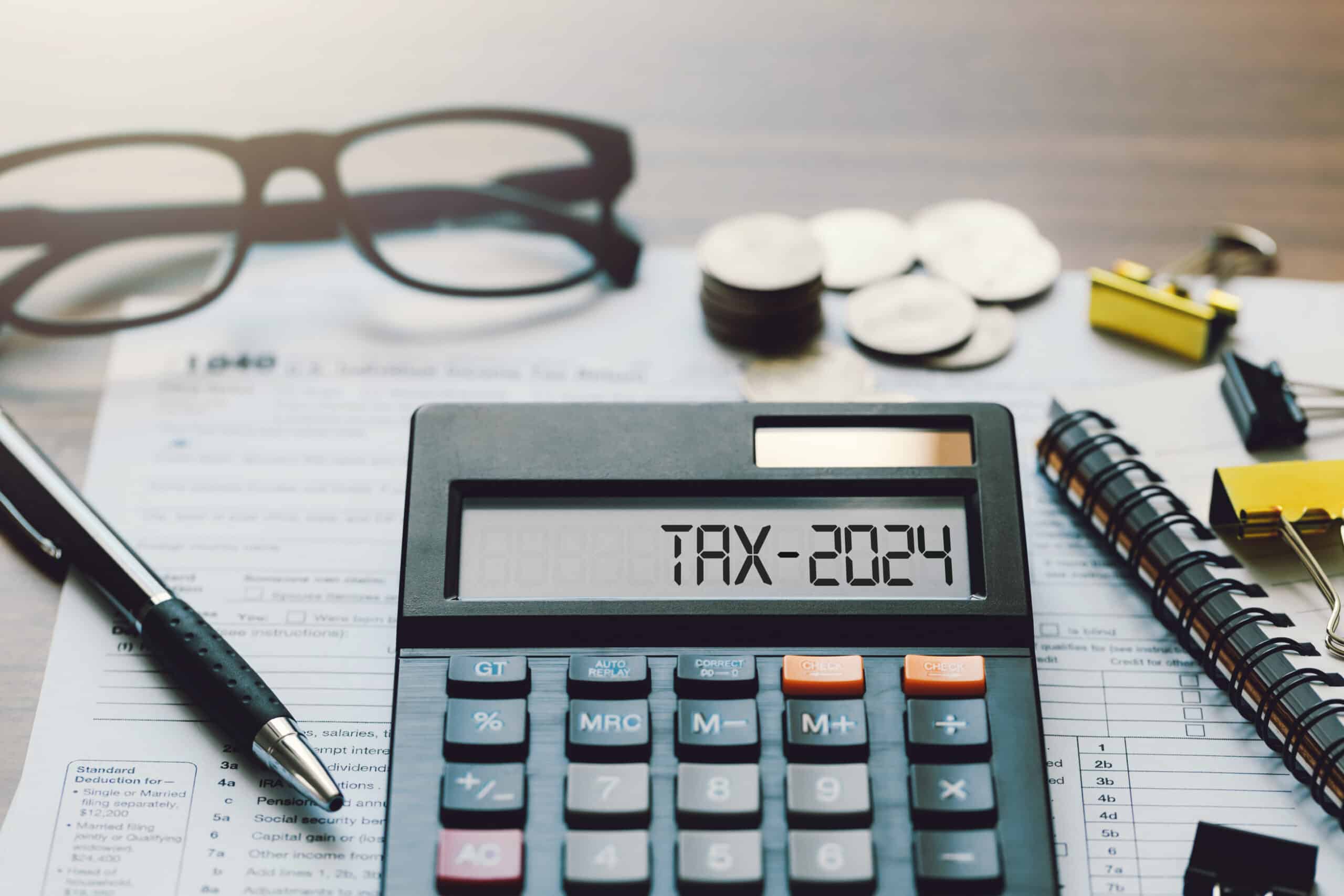

SECURE Act Provisions Start Taking Shape
As we enter 2024, employers (and their providers) are starting to get more IRS guidance on recent pension legislation, specifically, SECURE 2.0 and the SECURE Act. Recent guidance includes proposed regulations on the requirement that 401(k) plans allow long-term part-time employees to make elective deferrals into the plan (https://www.govinfo.gov/content/pkg/FR-2023-11-27/pdf/2023-25987.pdf) and Notice 2024-2 providing Q&As on a variety of SECURE 2.0 provisions (https://www.irs.gov/pub/irs-drop/n-24-02.pdf).
This blog post will not provide detailed analyses of all of this guidance—there are too many details for a blog format. Rather, here are some targeted comments and observations about some key aspects of the recent guidance:
Proposed Regulations on Long-Term Part-Time Employees
- Although these are merely proposed regulations, employers can rely on them for guidance now.
- Under the original SECURE Act, starting in 2024 401(k) plans were required to allow deferrals for any long-term part-time employee who completed at least 500 hours of service in three consecutive years. Under SECURE 2.0, starting in 2025 (i) the requirement is reduced to completing at least 500 hours of service in two consecutive years, and (ii) these requirements were extended to tax-sheltered annuities under Code Section 403(b). Although the IRS proposed regulations apply solely to 401(k) plan, it is reasonable to treat them as offering guidance as to how these rules will also affect 403(b) plans.
- Long-term part-time employees are not required to receive any employer contributions; the law only requires that they be given the opportunity to defer. However, service as a long-term part-time employee counts toward vesting if an employee is subsequently employed in a classification that does receive employer contributions.
- Remember—403(b) plans are already subject to a “universal availability” rule that requires that most classes of employees be given the opportunity to defer. Indeed, this provision can be seen as part of Congress’ overall trend of eliminating or reducing the differences between 403(b) plans and 401(k) plans. However, universal availability does not apply to an employee who (i) is expected to complete fewer than 1,000 hours of service per year and (ii) does not actually exceed 1,000 hours of service in a 12-month period. In effect, for 403(b) plans the new requirement for long-term part-time employees will operate parallel to the universal availability rule—so, starting in 2025 403(b) plans will be required to allow deferrals upon the first to occur of (i) one year with 1,000 hours of service, or (ii) two consecutive years with 500 hours of service.
- Employers can still exclude employees from deferring for (certain) non-service based reasons. For example, a 401(k) plan can exclude employees under age 21 and a 403(b) plan can exclude student employees. However, service as an excluded employee still counts in determining whether the two year/500 hours requirement is met. The treatment of service completed while an excludable employee is a frequent source of confusion for higher education institutions’ 403(b) plans—when individuals initially employed as (excludable) students graduate and are then employed as (nonexcludable) employees. Just remember—all service for an employer counts, even service as an excluded employee.
- Two years can sneak up on you. Example—a plan uses, as its measurement periods (i) the first employment year, and (ii) subsequent calendar years. A part-time employee hired 12/1/2024 could have two years on 1/1/2026—after completing (i) the employment year from 12/1/24-11/30/25 and (ii) calendar year 2025.
- The IRS rules neatly apply to individuals who are hired as long-term part-time employees and who stay as long-term part-time employees. However, the rules are far trickier for employees who change status.
Remember—employers can always be more generous than the (minimum) requirements under the law. For example, although 403(b) plans can exclude employees who are normally work under 20 hours per week—many 403(b) sponsors choose to allow deferrals from all part-time employees. Yes—there are administrative costs for allowing these employees to defer—but they should be considered in light of the reduced burden of not having to administer the 20-hour/week rule (and correct errors in administering that exclusion), not having to track employees who pop over the 1,000 hour threshold and by the positive messaging of allowing all employees to save.
Notice 2024-2 and SECURE 2.0
Notice 2024-02 contains guidance on a potpourri of provisions from SECURE 2.0. Many of the items covered by the Notice pertain to smaller employers; however, there are a few provisions with a broader impact that should be noted:
- New Plans Required to Provide Autoenrollment:
- Section 1.01 of SECURE 2.0 requires that plans (including 401(k) and 403(b) plans) established after Dec. 29, 2022 must provide minimum automatic enrollment or automatic escalation provisions starting in 2025. Notice 2024-2 clarifies how these rules apply in the case of plan mergers and spinoffs.
- The notice clarifies a key point, specifying that if a pre-SECURE 2.0 plan (exempt from the autoenroll requirement) merges into another (exempt) pre-SECURE 2.0 plan—then the surviving plan retains the exemption from the automatic enrollment requirement. This applies even if the surviving plan is a multiple employer plan (“MEP”).
- Incentives to Enroll.
- Notice 2024-2 includes guidance on the provision of SECURE 2.0 allowing employers to offer employees a “a de minimis financial incentive” (such as a gift card) to enroll in a plan. Among other details, the Notice specifies than an incentive of up to $250 is considered “de minimis.”
- Distributions to Terminally Ill Participants:
- Notice 2024-2 includes guidance on the provision of SECURE 2.0 that waives the 10% excise tax on early distributions from a retirement plan for a participant diagnosed as terminally ill.
- Most significantly, the Notice reminds us that SECURE 2.0 did not make terminal illness an event that can allow a distribution; such distributions can only be made if an individual is eligible for a distribution under general Code rules—such as upon termination of employment. The notice also provides guidance for administering this provision, such as defining the information that must be provided by a physician for the tax waiver.
- Corrections:
- SECURE 2.0 codified rules allowing employers to self-correct errors that may have occurred in administering an automatic enrollment provision. Notice 2024-2 contains more details on the steps needed to utilize this relief, such as the timing of any corrections and the notice that must be provided to participants.
Putting the Details into Context
This recent guidance should be reviewed with a caveat—employers need to distinguish between what is required vs what they can do vs what they want to do. Overall, the SECURE Act and SECURE 2.0 contain few mandates—but are intended to expand retirement plan utilization. Employers need to determine which of these new options fit their overall retirement plan strategy, their workforce, and their administrative capabilities.
In evaluating these options, employers should remember that there is not necessarily a rush to be an early adopter and there may be advantages to letting plan providers learn on other employers. Remember, many features that are now ubiquitous (such as the availability of Roth deferrals and target date funds) grew very slowly in the first years after their initial introduction—but climbed steadily afterwards. See Vanguard, How America Saves: 20 Years of Retirement Plan Progress.
Staying on top of rapidly changing developments

New Rules for Emergency Distributions
New IRS guidance clarifies provisions of SECURE 2.0 allowing employees to access their funds in an emergency.

SECURE 2.0 Guidance Helps Plan Sponsors Clean the Slate
This IRS has issued Notice 2023-43 as regulators begin the job of issuing the guidance needed to implement the provisions of SECURE 2.0. This Notice makes it easier for plan sponsors to correct administrative errors–without the need for IRS filings or penalties. Mistakes Happen–So What to Do? Since 1991 the IRS has had a program […]